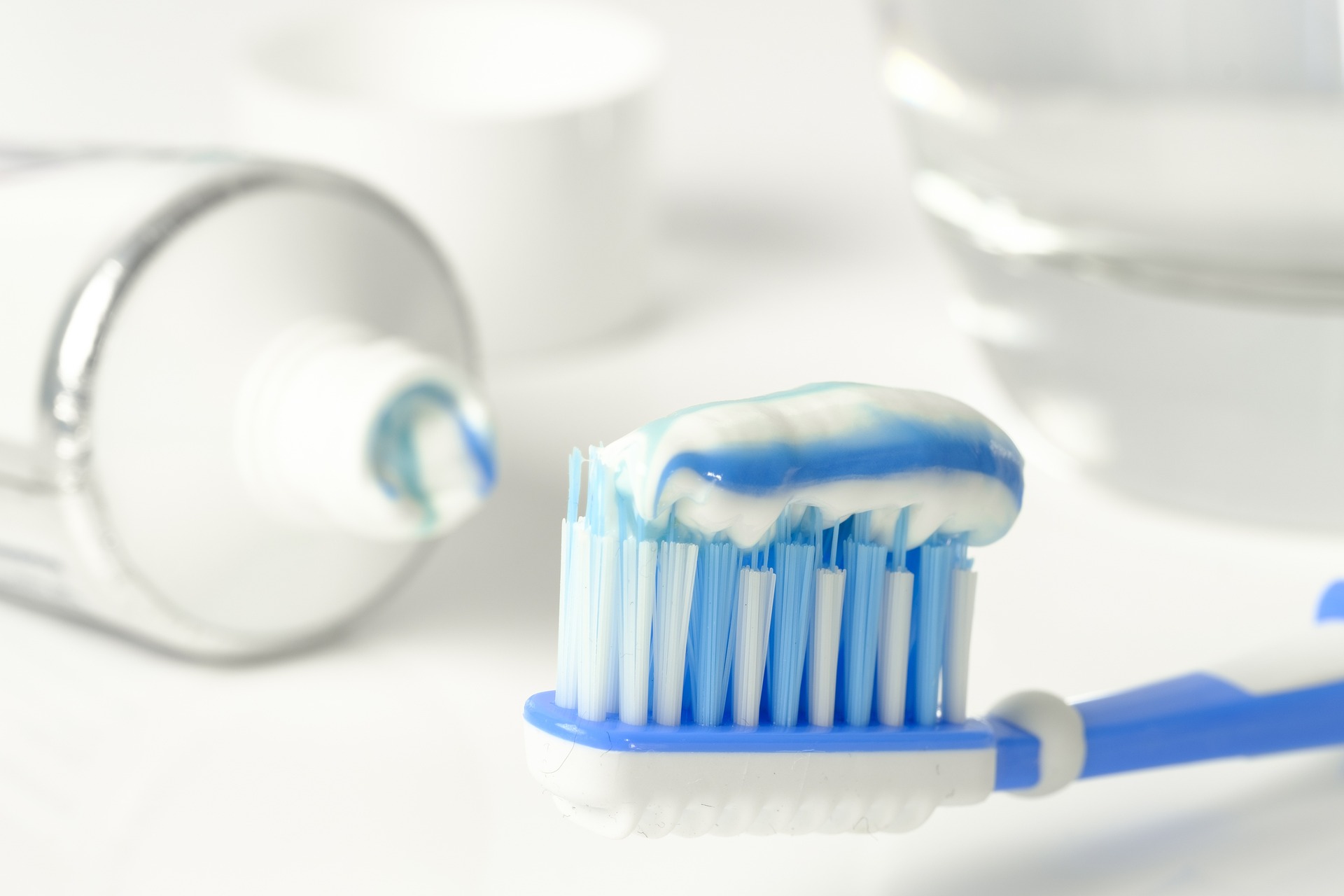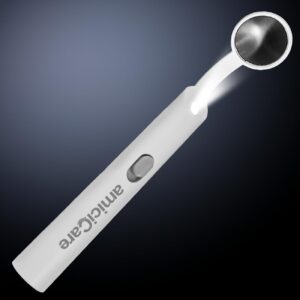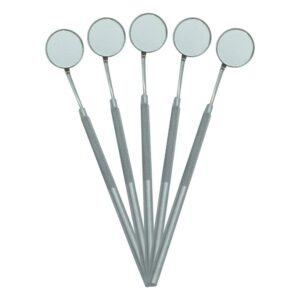The best way to brush and floss with dental fillings
The best way to brush and floss with dental fillings
Introduction
Proper oral hygiene is essential for maintaining healthy teeth and preserving the longevity of dental fillings. When it comes to brushing and flossing with dental fillings, it’s important to adopt the right techniques to ensure effective plaque removal without causing damage to the fillings themselves. In this blog post, we will explore the best practices for brushing and flossing with dental fillings and provide helpful tips and guidance to enhance your oral hygiene routine.

Importance of Brushing and Flossing with Dental Fillings
Dental fillings are used to restore teeth affected by cavities, cracks, or other dental issues. They help to strengthen the tooth structure and restore its functionality. However, dental fillings, just like natural teeth, require regular care and maintenance to prevent tooth decay and maintain their integrity.
Brushing and flossing with dental fillings are crucial for several reasons:
- Plaque Removal: Dental fillings, especially those made of composite or porcelain materials, can create small gaps or rough surfaces where plaque and bacteria can accumulate. Regular brushing and flossing help remove plaque, preventing the formation of cavities and gum disease.
- Preventing Tooth Decay: Plaque buildup around dental fillings can lead to tooth decay and compromise the integrity of the filling. By thoroughly brushing and flossing around the fillings, you can minimize the risk of decay and ensure the longevity of the restoration.
- Maintaining Gum Health: Proper oral hygiene, including regular brushing and flossing, helps keep the gums healthy. Healthy gums are essential for the stability and longevity of dental fillings, as gum disease can lead to gum recession and potential damage to the fillings.
- Fresh Breath: Good oral hygiene practices, including brushing and flossing, help eliminate bacteria and food particles that can cause bad breath. By taking care of your dental fillings, you can contribute to overall oral freshness.
Now, let’s delve into the best techniques for brushing and flossing with dental fillings.
Brushing Techniques with Dental Fillings
Proper brushing techniques are essential for effective plaque removal and maintaining the health of dental fillings. Here are some tips to keep in mind when brushing:
- Choose the Right Toothbrush: Opt for a soft-bristled toothbrush to avoid damaging the fillings or causing gum irritation. Hard-bristled brushes can wear down the filling material or even create small scratches on the surface.
- Angle the Brush Properly: Hold the toothbrush at a 45-degree angle against the gum line and gently brush in circular or back-and-forth motions. This helps remove plaque from both the teeth and the area around the dental fillings.
- Pay Attention to Filling Surfaces: Give extra attention to the areas where the fillings meet the natural tooth structure. Use gentle, yet thorough, strokes to clean these surfaces and ensure optimal plaque removal.
- Don’t Forget the Tongue and Inner Surfaces: Brushing should not be limited to the outer surfaces of the teeth and fillings. Remember to brush the inner surfaces, the chewing surfaces, and the tongue to eliminate bacteria and freshen breath.
- Use Fluoride Toothpaste: Fluoride toothpaste helps strengthen the tooth enamel and provides additional protection against cavities. Use a pea-sized amount of fluoride toothpaste and brush for at least two minutes.
Flossing Techniques with Dental Fillings
Flossing is an essential part of maintaining oral hygiene and caring for dental fillings. Here’s how to floss effectively:
- Choose the Right Floss: Use a soft or waxed floss that can glide easily between the teeth and dental fillings. Avoid using a lot of force or aggressive sawing motions that could damage the fillings.
- Thread the Floss Carefully: Gently guide the floss between the teeth, taking care not to snap it against the dental fillings. Once the floss reaches the gum line, curve it into a C shape and move it up and down to clean the sides of the teeth and fillings.
- Focus on Each Tooth: When flossing, pay attention to each tooth and its corresponding dental filling. Ensure that the floss reaches the gum line and gently moves back and forth to remove plaque and debris.
- Consider Interdental Cleaners: In addition to traditional floss, interdental cleaners like dental picks or water flossers can be used to clean hard-to-reach areas around dental fillings. These tools can be effective in removing plaque and maintaining oral hygiene.
Additional Tips for Dental Fillings Care
In addition to proper brushing and flossing techniques, here are some additional tips to care for your dental fillings:
- Regular Dental Check-ups: Schedule regular dental check-ups to ensure that your dental fillings are in good condition. Your dentist will examine the fillings, detect any issues, and recommend appropriate treatment or maintenance.
- Avoid Excessive Force: Avoid using excessive force when biting or chewing hard objects, as this can damage dental fillings. Be cautious with certain foods like hard candies, ice, or nuts that can put undue pressure on the fillings.
- Maintain Good Oral Hygiene Habits: Along with brushing and flossing, maintain other good oral hygiene habits, such as using mouthwash, cleaning your tongue, and staying hydrated. These practices contribute to overall oral health and the longevity of dental fillings.
Choosing the Right Dental Products
When it comes to caring for dental fillings, selecting the right dental products can make a significant difference. Consider the following tips:
- Toothbrush: Opt for a toothbrush with soft bristles and a small head. Soft bristles are gentle on the teeth and fillings, while a small head allows for better access to hard-to-reach areas.
- Toothpaste: Choose a toothpaste that is specifically formulated for sensitive teeth or dental fillings. These toothpastes often contain ingredients that help protect the fillings and alleviate sensitivity.
- Flossing Tools: Besides traditional dental floss, there are various flossing tools available in the market, such as floss picks or interdental brushes. These tools can be helpful in cleaning around dental fillings and reaching tight spaces.
Proper Brushing Techniques
To ensure effective plaque removal and protect your dental fillings, follow these proper brushing techniques:
- Brush Twice a Day: Brush your teeth at least twice a day, ideally in the morning and before bed. This helps remove plaque buildup and maintain oral hygiene.
- Brush Gently: Avoid applying excessive pressure while brushing. Instead, use gentle, circular motions to clean the teeth and fillings. Applying too much force can cause gum irritation and damage to the fillings.
- Cover All Surfaces: Brush all the surfaces of your teeth, including the front, back, and chewing surfaces. Pay particular attention to the areas where the fillings are located.
- Time Your Brushing: Brush your teeth for a minimum of two minutes each time. Set a timer or use a toothbrush with a built-in timer to ensure you brush for an adequate duration.
- Don’t Forget the Gumline: Pay attention to the gumline and brush in a gentle, circular motion to remove plaque and bacteria effectively.

Effective Flossing Techniques
Flossing is crucial for cleaning between the teeth and around dental fillings. Follow these effective flossing techniques:
- Floss Daily: Flossing should be a part of your daily oral hygiene routine. It helps remove plaque and food particles from areas that your toothbrush can’t reach.
- Be Gentle: When flossing, be gentle to avoid damaging the fillings. Slide the floss carefully between the teeth and curve it around each tooth, ensuring it reaches below the gumline.
- Use Proper Technique: Use a back-and-forth or up-and-down motion while flossing to dislodge plaque and debris. Make sure to floss both sides of the tooth, including the side with the filling.
- Don’t Reuse Floss: Use a fresh section of floss for each tooth to avoid transferring bacteria from one tooth to another.
- Consider Interdental Cleaners: If you find traditional flossing challenging or have difficulty reaching certain areas, consider using interdental cleaners like water flossers, dental picks, or interdental brushes. These tools can help clean around dental fillings effectively.
Regular Dental Check-ups
In addition to proper brushing and flossing techniques, regular dental check-ups are crucial for maintaining the health of dental fillings. Your dentist will monitor the condition of your fillings, detect any issues early on, and provide appropriate treatment or maintenance.
During these check-ups, your dentist may perform professional cleanings to remove any stubborn plaque or tartar buildup around the fillings. They may also recommend dental X-rays to assess the condition of the fillings and surrounding teeth.
Conclusion
Proper brushing and flossing techniques are essential for maintaining the health and longevity of dental fillings. By adopting the right practices, such as choosing the right toothbrush, angling the brush properly, using fluoride toothpaste, selecting the right floss, and paying attention to each tooth and filling, individuals can effectively remove plaque and prevent decay around dental fillings. Regular dental check-ups and practicing good oral hygiene habits are crucial for overall oral health and the preservation of dental fillings.
FAQ’s
Can I brush and floss normally with dental fillings?
Yes, you can brush and floss normally with dental fillings. However, it’s important to be gentle and avoid applying excessive force that could damage the fillings. Use a soft-bristled toothbrush and follow proper brushing and flossing techniques.
Do I need special toothbrushes or floss for dental fillings?
While there are no specific toothbrushes or floss designed exclusively for dental fillings, it’s recommended to use a soft-bristled toothbrush and dental floss that easily glides between the teeth. Some people find interdental brushes or water flossers helpful in cleaning around fillings.
How often should I brush and floss with dental fillings?
It is recommended to brush your teeth at least twice a day and floss once a day, regardless of whether you have dental fillings or not. Consistent oral hygiene practices help maintain the health of your teeth and prevent plaque buildup, which can affect the longevity of the fillings.
Is there a specific brushing technique I should follow with dental fillings?
When brushing with dental fillings, it’s important to use gentle, circular motions to clean the teeth and fillings thoroughly. Avoid scrubbing back and forth, as this can potentially wear down the filling material or cause gum irritation. Pay extra attention to the areas around the fillings, ensuring that all surfaces are properly cleaned.
Can I use an electric toothbrush with dental fillings?
Yes, you can use an electric toothbrush with dental fillings. In fact, electric toothbrushes are often recommended as they provide effective cleaning and are gentle on the teeth and gums. However, it’s essential to use a soft-bristled brush head and avoid applying excessive pressure to the fillings.





